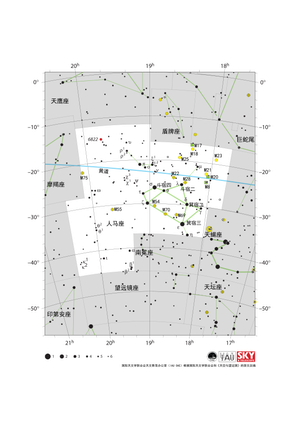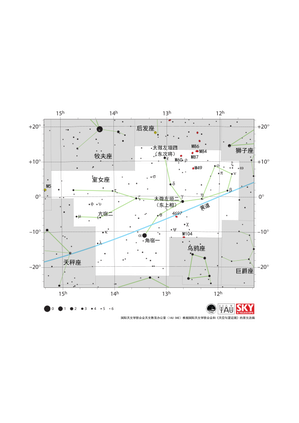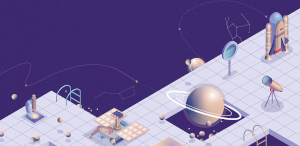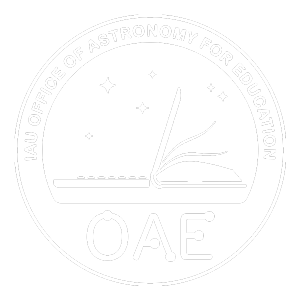Glossary term: 超大质量黑洞
Description: 顾名思义,超大质量黑洞(SMBH)是最大的一类黑洞,其质量是太阳质量的数百万到数十亿倍不等。观测证据表明,所有大型星系的中心似乎都蕴藏着一个超大质量黑洞。银河系就有一个名为人马座 A*的超大质量黑洞,其质量约为太阳质量的 450 万倍,直径约为 4000 万公里。大量的质量集中在小体积中导致黑洞具有巨大的引力场(深重的引力势阱)。自 2019 年以来,科学家们利用分布在世界各地的射电望远镜网络的数据,拍摄了超大质量黑洞事件视界的图像。截至2023年初,已经以这种方式成像了两个超大质量黑洞:人马座A和位于距离地球超过5000万光年的星系M87中心的超大质量黑洞(质量是太阳的65亿倍)。
Related Terms:
See this term in other languages
Term and definition status: The original definition of this term in English have been approved by a research astronomer and a teacher The translation of this term and its definition is still awaiting approval
The OAE Multilingual Glossary is a project of the IAU Office of Astronomy for Education (OAE) in collaboration with the IAU Office of Astronomy Outreach (OAO). The terms and definitions were chosen, written and reviewed by a collective effort from the OAE, the OAE Centers and Nodes, the OAE National Astronomy Education Coordinators (NAECs) and other volunteers. You can find a full list of credits here. All glossary terms and their definitions are released under a Creative Commons CC BY-4.0 license and should be credited to "IAU OAE".
If you notice a factual or translation error in this glossary term or definition then please get in touch.
Related Diagrams
人马座星图
Credit: 国际天文学联合会天文教育办公室(IAU OAE)根据国际天文学联合会和《天空与望远镜》的原文改编
License: CC-BY-4.0 Creative Commons 署名 4.0 国际 (CC BY 4.0) icons
室女座星图
Credit: 国际天文学联合会天文教育办公室(IAU OAE)根据国际天文学联合会和《天空与望远镜》的原文改编
License: CC-BY-4.0 Creative Commons 署名 4.0 国际 (CC BY 4.0) icons










